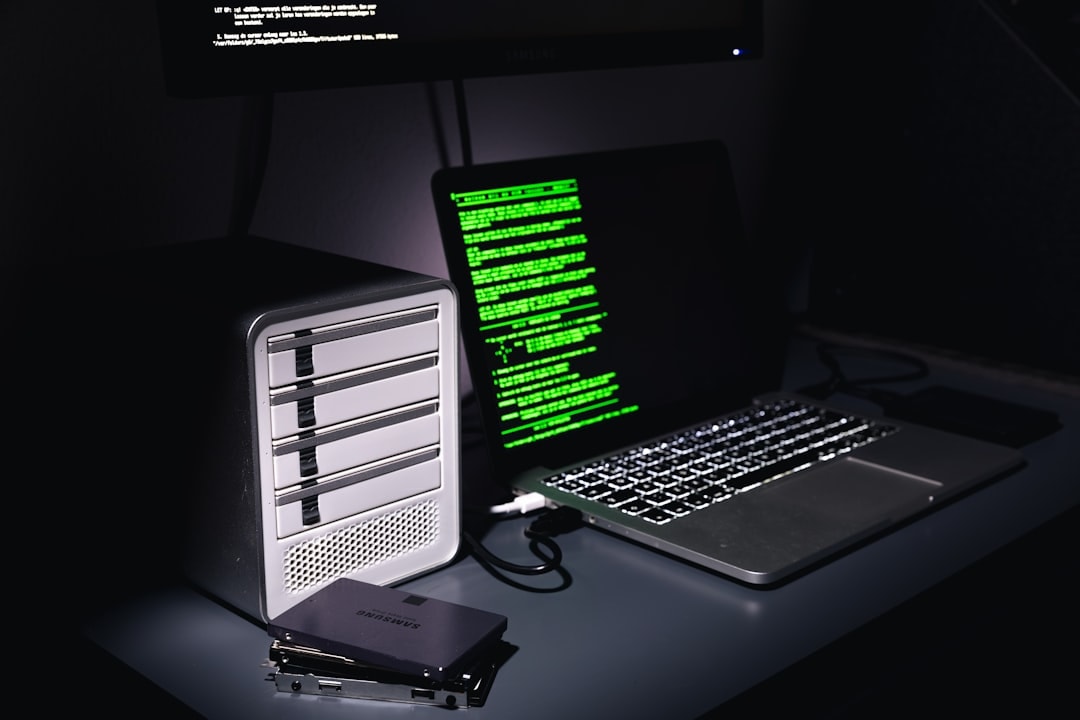The internet is built on a complex foundation of technologies that enable users to connect, communicate, and access content from anywhere in the world. One crucial yet often overlooked component of that infrastructure is the internet address starter. Understanding what an internet address starter is and how it works offers valuable insight into the way our online systems function.
Defining the Internet Address Starter
The term internet address starter refers to the initial part of a web address or URL (Uniform Resource Locator) that designates the protocol being used to retrieve the resource. It typically appears at the beginning of a web address as a prefix such as http:// or https://.
This starter is formally called the URL scheme. It instructs the browser or the networking client software on how to interact with the server hosting the content, determining the rules of data transmission and communication.

Common Types of Internet Address Starters
There are several kinds of internet address starters, each associated with a different protocol. Some of the most common include:
- http:// — HyperText Transfer Protocol, used for standard websites that do not encrypt data.
- https:// — HyperText Transfer Protocol Secure, used for secure websites that encrypt data through SSL/TLS.
- ftp:// — File Transfer Protocol, used for transferring files between systems over a network.
- mailto: — Opens a user’s default email client to send a message to the specified address.
- file:// — Accesses files stored locally on a device rather than from an internet resource.
Though often hidden by modern browsers for the sake of visual simplicity, these address starters play a vital role in how web browsers and users interact with resources online.
How an Internet Address Starter Works
When a user enters a website address into their browser or clicks a hyperlink, the internet address starter is the first element read and interpreted. Here’s how it works step-by-step:
- User Input: The user inputs or selects a link that includes a full web address, such as https://www.example.com.
- Protocol Interpretation: The browser interprets the internet address starter—in this case, https—and selects the appropriate protocol handler.
- Connection Initialization: Based on the protocol, a session is initialized between the user’s browser and the server. For HTTPS, this includes encryption via TLS.
- Resource Retrieval: The server responds to the request, and the browser proceeds to retrieve and display the website or file requested.
This sequence occurs virtually instantaneously, often going unnoticed by the user. However, choosing the appropriate internet address starter is essential for ensuring security, speed, and compatibility with network policies.
The Importance of Secure Starters
In recent years, the emphasis on data security and user privacy has led to a widespread push for adopting the HTTPS starter over its unsecured counterpart, HTTP. HTTPS not only encrypts information transmitted between the browser and server but also authenticates the identity of the website being accessed.
Major browsers now mark websites without HTTPS as “Not Secure,” and many search engines give preference to secure sites in search rankings. For website owners, configuring their websites to support HTTPS is no longer optional—it is a critical component of trustworthiness and performance.

Other Uses and Extended Schemes
While URLs are most commonly used to access web pages, internet address starters also serve in other domains such as:
- Initiating file downloads using the ftp:// starter.
- Launching email clients with mailto: for automatic email composition.
- Linking to files on local networks or devices using the file:// starter.
In advanced applications, custom URL schemes are even used by mobile apps to offer interactivity and integrations. For example, a URL starting with myapp:// might open a specific screen within a smartphone app.
Conclusion
The internet address starter is far more than just a string of characters at the beginning of a web link. It is a fundamental element of online navigation that dictates how connections are made and resources are exchanged. Whether it’s guiding your browser to a secure website using HTTPS or fetching a file via FTP, the internet address starter shapes your digital experience in ways that are both subtle and critical.
Understanding how it works helps users and developers alike make smarter, safer, and more efficient choices online.

